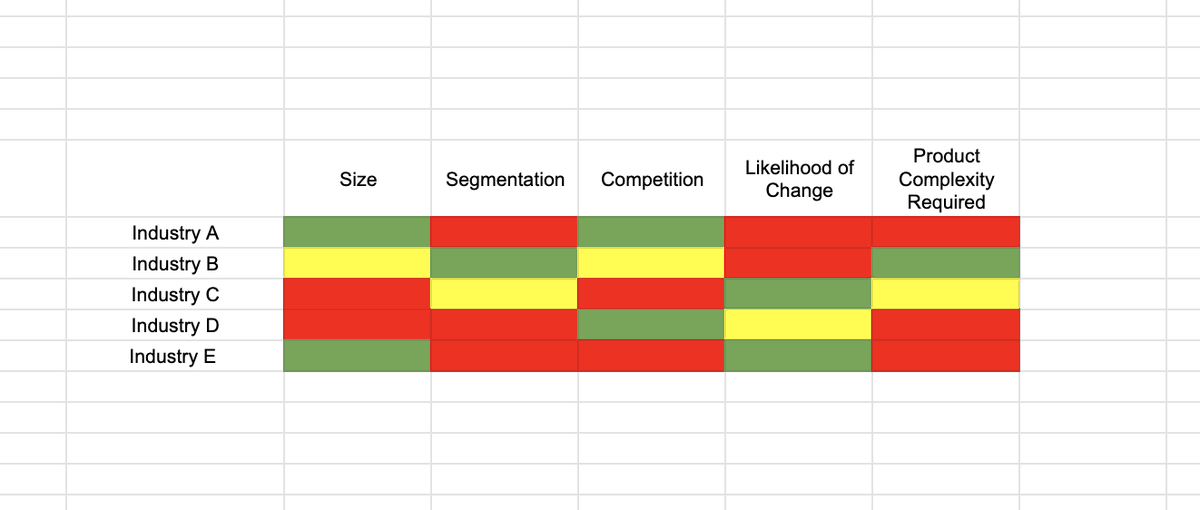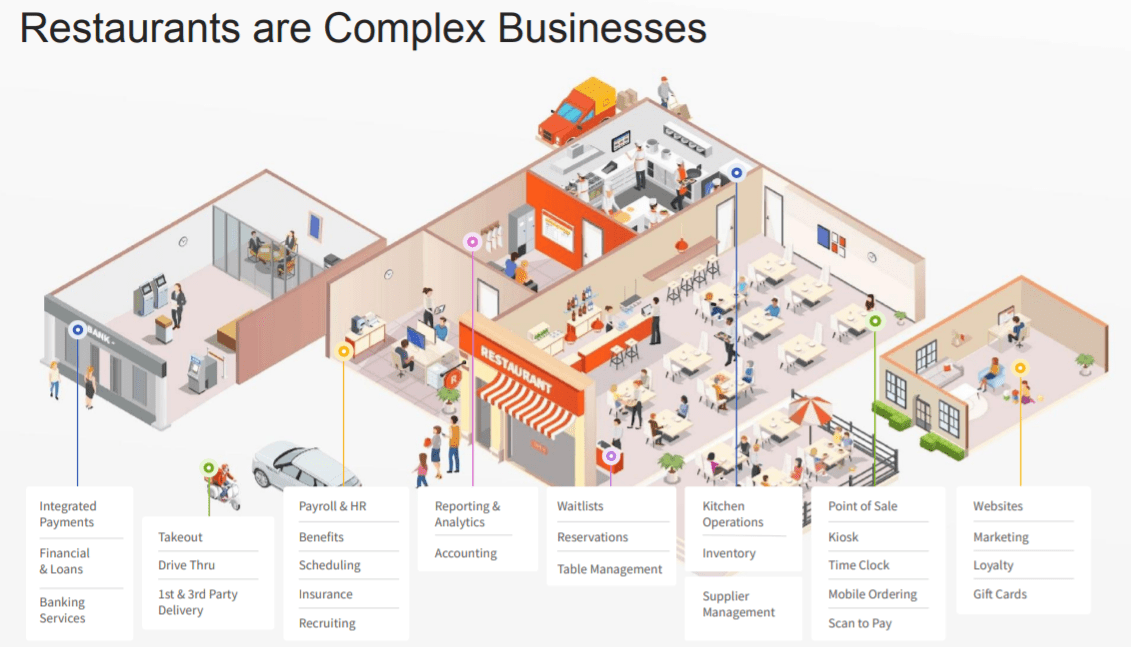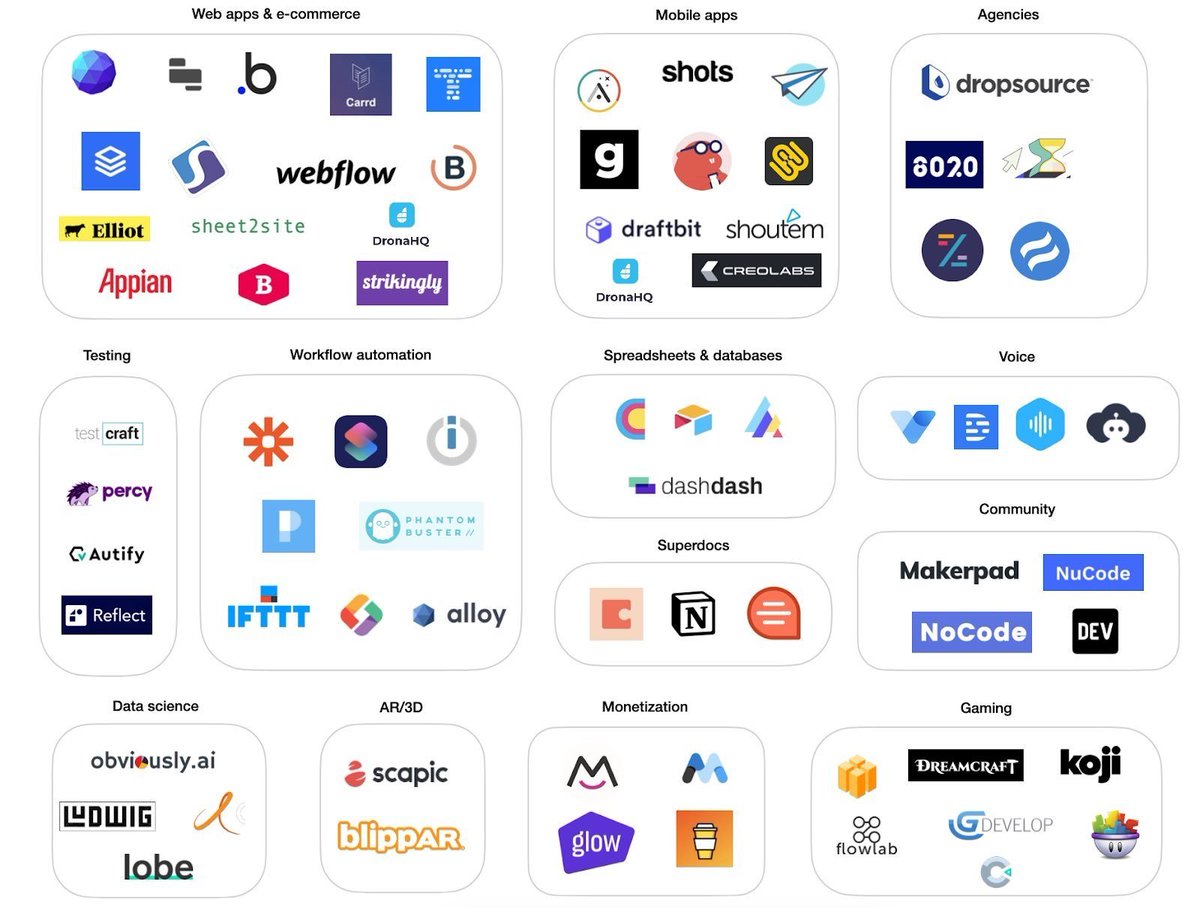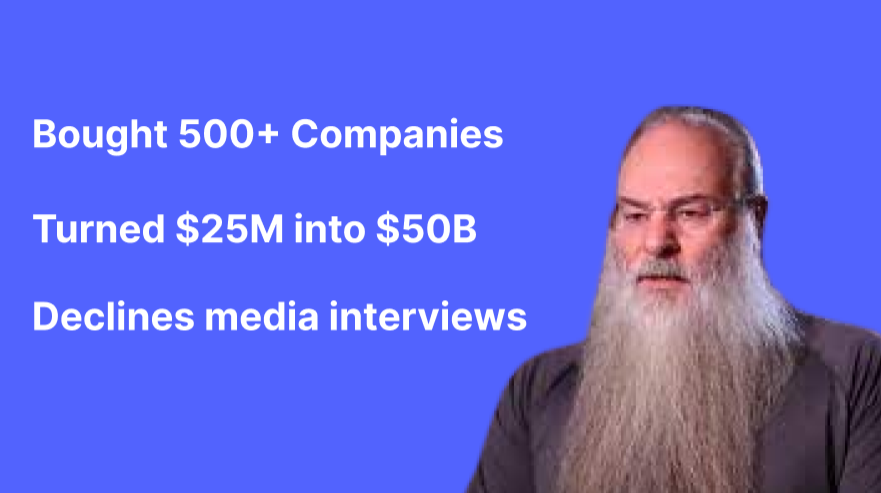
I launched my first software product with ~$2K and it did ~$300K of revenue in it’s first year.
You can create a successful software product with little to no money.
Here’s how to do it:
You can create a successful software product with little to no money.
Here’s how to do it:
Step #1. Pick the market
Your “idea” is not step one. The market in which to build for is step one.
You need to identify a market to go after.
I look for markets that meet the following criteria:
Your “idea” is not step one. The market in which to build for is step one.
You need to identify a market to go after.
I look for markets that meet the following criteria:
1. Big Enough (Size)
2. Healthy Segmentation
3. Low Competition
4. Strong Willingness to Change
5. Low Product Complexity Required
Build a market scorecard like the below and see which industry has the best opportunity.
2. Healthy Segmentation
3. Low Competition
4. Strong Willingness to Change
5. Low Product Complexity Required
Build a market scorecard like the below and see which industry has the best opportunity.

Step #2. Understand the businesses
To understand problems people have within your market, you need to understand what their day-to-day looks like.
Schedule 10 shadows & interviews with businesses.
You'll be surprised how generous people will be with their time.
To understand problems people have within your market, you need to understand what their day-to-day looks like.
Schedule 10 shadows & interviews with businesses.
You'll be surprised how generous people will be with their time.
As you meet with more businesses, map out exactly how they work.
Toast perfectly summed up the restaurant industry into one diagram.
Do the same thing.
Toast perfectly summed up the restaurant industry into one diagram.
Do the same thing.

Step #3. Identify the problem
Now that you understand the operation, you need to find a problem worth solving.
NEED TO HAVE solutions do one or more of the below:
1. Drive additional revenue
2. Protect revenue / decrease churn
3. Maintain compliance
4. Save time.
Now that you understand the operation, you need to find a problem worth solving.
NEED TO HAVE solutions do one or more of the below:
1. Drive additional revenue
2. Protect revenue / decrease churn
3. Maintain compliance
4. Save time.
Step #4. Wireframe the solution
Now you need to create software mock-ups of your product.
There are a bunch of free/inexpensive tools that you can leverage for this.
They are so good now a days they look like real software demos!
Figma, Balsmiq, etc.
Pick one and create it.
Now you need to create software mock-ups of your product.
There are a bunch of free/inexpensive tools that you can leverage for this.
They are so good now a days they look like real software demos!
Figma, Balsmiq, etc.
Pick one and create it.

Step #5. Presell the solution (ie. wireframes)
Now that you have wireframes you want to set up as many meetings with prospective customers as possible.
Ideally, you made friends with a bunch of businesses while you were learning the operations and doing shadows.
Now that you have wireframes you want to set up as many meetings with prospective customers as possible.
Ideally, you made friends with a bunch of businesses while you were learning the operations and doing shadows.
If not go to conferences, run facebook ads, do whatever you need to do to present your solution to as many folks as possible.
It will take some but if you’ve mocked up a NEED-TO-HAVE product customers will want it.
It will take some but if you’ve mocked up a NEED-TO-HAVE product customers will want it.
Your goal is to get someone to really want the solution, then let them know where you are - that you need a partner to bring it to market.
Your aim is to have them sign a contract, ideally a paid one (with as much up front as you can get).
Your aim is to have them sign a contract, ideally a paid one (with as much up front as you can get).
Step #6. Build the solution
Ideally you were able to get a customer or a group of customers via your pre-sells effort to fund the development.
Now it’s time to go hire an engineer to bring it to life.
If not, you’ll need to leverage a no-code solution.
Pick one and build it!
Ideally you were able to get a customer or a group of customers via your pre-sells effort to fund the development.
Now it’s time to go hire an engineer to bring it to life.
If not, you’ll need to leverage a no-code solution.
Pick one and build it!

Step #7. Implement the solution
You need to be their every step of the way with your first customer(s) during implementation.
You have to do whatever it takes during this phase to get them SUCCESSFUL and realizing the value that you promised.
Ideally this is done in person.
You need to be their every step of the way with your first customer(s) during implementation.
You have to do whatever it takes during this phase to get them SUCCESSFUL and realizing the value that you promised.
Ideally this is done in person.
Step #8. Get a case study of success
Once your able to get the customer successful.
It’s time to get a case study.
Create as much marketing material of the success with this particular customer as possible - video, one-pagers, webinars, etc.
Once your able to get the customer successful.
It’s time to get a case study.
Create as much marketing material of the success with this particular customer as possible - video, one-pagers, webinars, etc.
Step #9. Bring to the rest of the market!
You’ve launched your first product and have a successful customer(s).
It’s time to market the success to the entire industry.
Find as many sales channels as possible to acquire as many more customers as possible!
You’ve launched your first product and have a successful customer(s).
It’s time to market the success to the entire industry.
Find as many sales channels as possible to acquire as many more customers as possible!
I could write a detailed post on every step but I hope you’ve found this summary effective.
There is a lot of work that goes into each of these but ANYONE can build a successful software product with enough hustle and determination.
There is a lot of work that goes into each of these but ANYONE can build a successful software product with enough hustle and determination.
In summary, here’s how to create a software product with little to no money:
1/ Pick the market
2/ Understand the businesses
3/ Identify the problem
4/ Wireframe the solution
5/ Presell the solution
6/ Build it
7/ Implement the solution
8/ Get a case study
9/Bring to the market
1/ Pick the market
2/ Understand the businesses
3/ Identify the problem
4/ Wireframe the solution
5/ Presell the solution
6/ Build it
7/ Implement the solution
8/ Get a case study
9/Bring to the market
Thanks for reading.
If you learned something, please RT the first tweet so others can as well.
For more follow @lukesophinos
If you learned something, please RT the first tweet so others can as well.
For more follow @lukesophinos
https://twitter.com/lukesophinos/status/1636362935688921089
If you're more of an email person I also write a newsletter.
One 'how to'.
One business story.
One vertical SaaS breakdown.
In your inbox once a week.
Sign up here: lukesophinos.substack.com
One 'how to'.
One business story.
One vertical SaaS breakdown.
In your inbox once a week.
Sign up here: lukesophinos.substack.com
• • •
Missing some Tweet in this thread? You can try to
force a refresh













